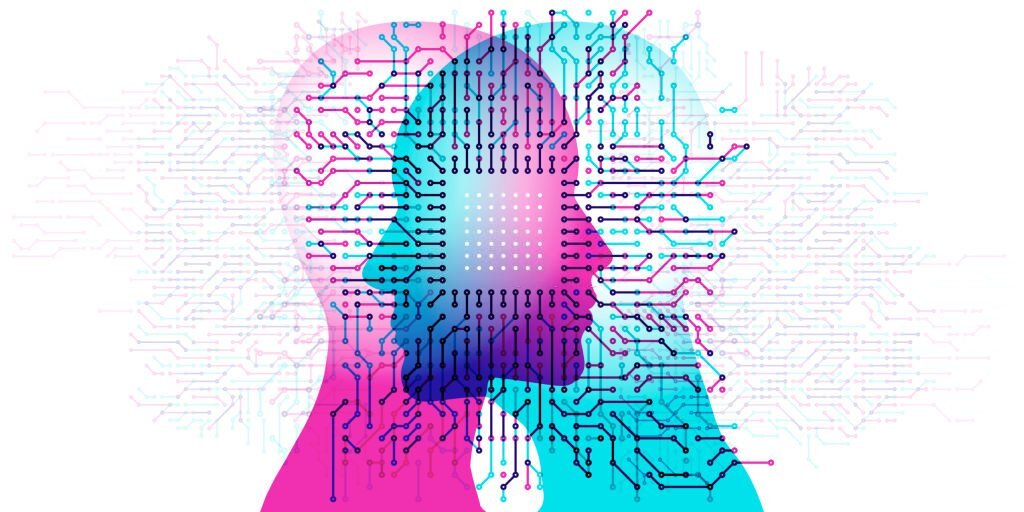Introduction
Artificial Intelligence (AI) has made significant strides in the field of linguistics, ushering in a new era of language understanding and communication. From machine translation to natural language processing (NLP), AI is bridging the language gap like never before.
1. Machine Translation
AI-driven machine translation has evolved significantly over the years, with algorithms now capable of translating texts across numerous languages with remarkable accuracy. Tools like Google Translate leverage AI to understand and translate text in real-time, breaking down language barriers and facilitating global communication.
2. Natural Language Processing (NLP)
NLP, a field at the intersection of AI and linguistics, allows machines to understand, interpret, and generate human language. NLP powers various applications, including search engines, voice assistants like Siri and Alexa, and sentiment analysis tools, enhancing the way we interact with technology.
3. Language Learning Apps
AI is revolutionizing language learning with apps like Duolingo and Babbel. These platforms use AI algorithms to personalize learning content based on the user’s proficiency level, learning style, and pace, making language learning more effective and engaging.
4. Speech Recognition and Synthesis
Speech recognition technology, powered by AI, transcribes spoken language into written text. It underpins voice assistants, transcription services, and hands-free computing. Conversely, speech synthesis converts written text into spoken words, aiding in text-to-speech applications and creating more natural-sounding AI voices.
5. Chatbots and Virtual Assistants
Chatbots and virtual assistants use AI and NLP to understand and respond to user queries in a human-like manner. They can handle multiple languages and dialects, improving customer experience and providing 24/7 support in various industries.
6. Semantic Analysis
AI helps in semantic analysis, understanding the context and meaning behind words in a text. This ability is crucial in various applications, including information retrieval, content recommendation, and sentiment analysis.
Conclusion
AI’s role in linguistics is transforming the way we communicate and understand languages. By bridging the language gap, AI is fostering global connections, enhancing business communications, and paving the way for a more linguistically inclusive digital future. Play sprunki phase 28 Anytime, Anywhere!



